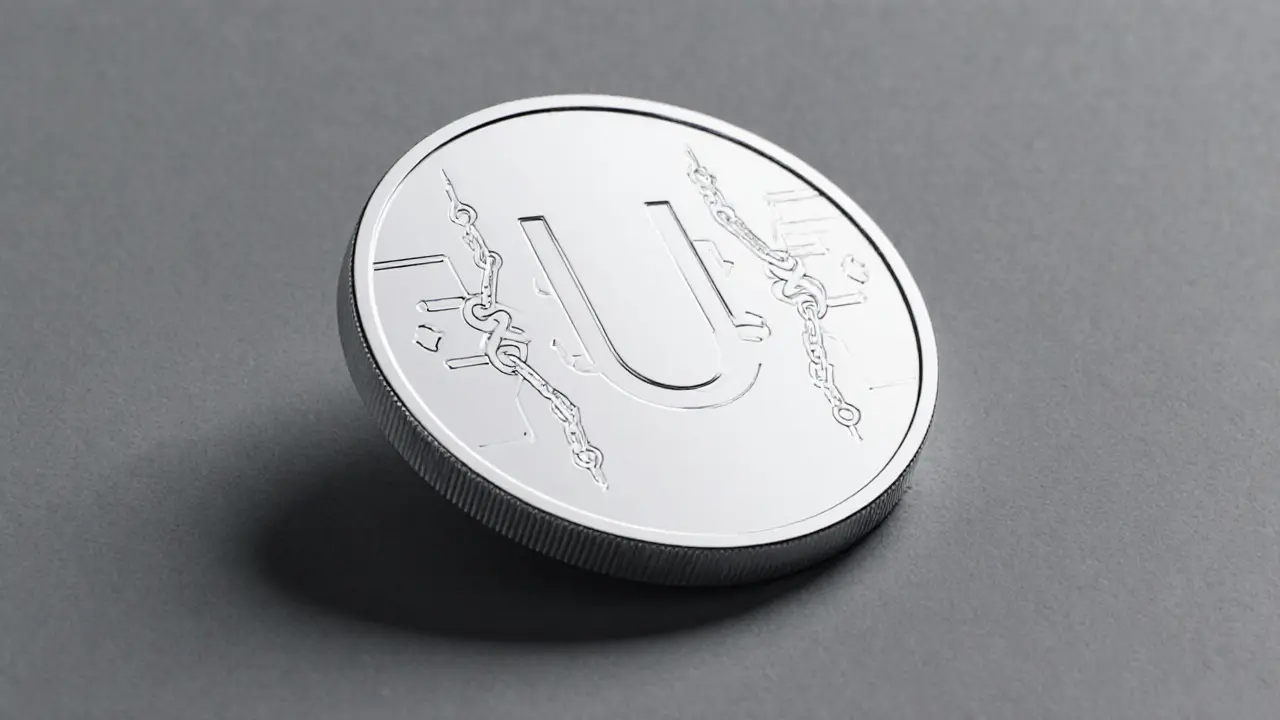
U Coin Staking Calculator
Staking Calculator
Calculate your potential rewards from staking U Coin at the official 4.2% APY rate.
Important Risk Note: U Coin is a micro-cap token with high volatility. The 4.2% APY shown here is subject to change and should not be considered guaranteed. Only invest what you can afford to lose.
Ever stumbled on a crypto called U Coin and wondered what it actually does? You’re not alone. The token sits in a crowded micro‑cap corner of the market, yet it promises a blend of real‑world asset rewards, multi‑chain flexibility, and a suite of free‑earning programs. Below we unpack where the coin comes from, how it works, who’s backing it, and what risks you should watch before diving in.
What Is U Coin (U)?
U Coin (U) is a multi‑chain utility token built for the Utopia ecosystem. It powers payments, staking, and reward distribution while linking crypto earnings to real‑world assets (RWA) such as consumer products and services. Launched publicly in late 2022, the token trades primarily against USDT on a handful of exchanges and currently circulates 248,800,676 units, representing 100 % of its total supply.
Key Technical Specs
- Supply: 248.8 M tokens (fixed)
- Current price (Oct 2025): $0.0087 USD
- Market cap: ≈ $2.6 M (micro‑cap)
- Primary pairs: U/USDT on BitMart, MXC, and Bitget
- Blockchain: Multi‑chain architecture (exact networks not publicly disclosed)
The token’s price volatility is high; a typical week sees lows near $0.000124 and spikes back toward $0.009, reflecting thin liquidity and occasional airdrop‑driven buying pressure.
How Does U Coin Generate Value?
U Coin’s value proposition rests on three pillars:
- Real‑World Asset Integration - Rewards are tied to actual consumer goods or services, blending digital earnings with tangible benefits.
- Multi‑chain Accessibility - The token can move across several blockchains, aiming to reduce friction for users on different platforms.
- Earn‑While‑Learning Programs - Bitget’s Learn2Earn and Assist2Earn let users collect U without buying it outright.
In practice, users complete short tutorials or refer friends, receive a few hundred U, then can stake the tokens for a modest 4.2 % APY that Bitget introduced in October 2023.
Where Can You Trade or Store U Coin?
The token is listed on three exchanges:
- BitMart - Spot market, modest depth.
- MXC - Similar liquidity to BitMart.
- Bitget - The main hub for Earn‑type programs, also offers Convert and Swap tools to turn other airdrops into U.
Because the token lives on multiple chains, you’ll need a wallet that supports ERC‑20 or BEP‑20 standards (the two most common implementations). Popular choices include MetaMask, Trust Wallet, and the native Bitget wallet.
Comparing U Coin to Similar Micro‑Cap Tokens
| Token | Market Cap | Price (USD) | Key Feature |
|---|---|---|---|
| U Coin (U) | $2.6 M | 0.0087 | RWA rewards via Bitget Earn |
| RAMP | $18 M | 0.14 | On‑ramp to fiat for crypto |
| iNFT | $5 M | 0.03 | NFT‑backed staking |
| Liquidity (LIQ) | $3 M | 0.021 | Liquidity mining rewards |
U Coin’s market cap sits at the lower end of the chart, meaning price swings are sharper. Its biggest advantage over the others is the built‑in free‑earning pipeline via Bitget, which many micro‑caps lack.
Pros and Cons - A Quick Checklist
| Pros | Cons |
|---|---|
| Earn tokens for free via Learn2Earn & Assist2Earn | Liquidity limited to three exchanges |
| Staking yields of 4.2 % APY | Price can crash when large sell orders hit thin order books |
| Real‑World Asset (RWA) reward model | Heavy dependence on Bitget’s ecosystem |
| Multi‑chain design improves accessibility | Exact blockchain architecture is opaque |
Step‑by‑Step: Getting Started with U Coin on Bitget
- Register on Bitget and complete KYC (about 20 minutes).
- Navigate to the Earn tab and click “Learn2Earn”.
- Finish the required tutorial modules (total 3‑5 hours for maximum reward).
- Collect your U tokens; they’ll appear in the “Earn” wallet.
- If you want to trade, go to the Spot market, select the U/USDT pair, and place a limit order.
- Tip: start with a small amount (e.g., 100 U) to avoid slippage.
- To stake, go to the “Staking” page, choose “U‑Stake”, and lock your tokens for the desired period.
Bitget’s support team resolves 82 % of U‑related tickets within 4.2 hours, so help is readily available if you hit a snag.
Risk Factors You Shouldn't Ignore
Micro‑cap tokens historically fail at a high rate-Cambridge’s Alternative Finance study puts the 18‑month failure rate at 87 %. U Coin inherits those odds plus a few extra concerns:
- Liquidity crunch: With daily volume under $150 K, large sells can sink the price.
- Exchange concentration: If BitMart or MXC delist U, the token could become effectively untradeable.
- Single‑point dependency: Bitget’s promotional programs drive most demand; a policy shift could shrink the user base overnight.
- Data inconsistency: Price feeds differ between CoinGecko ($0.0087) and some on‑chain trackers ($0.000124), hinting at possible reporting errors.
Only allocate money you can afford to lose, and consider pairing U with a more established utility token for balance.
Future Outlook - Where Is U Coin Headed?
Bitget announced plans to list U on two additional top‑50 exchanges by Q4 2023, a move that could tighten spreads and attract institutional curiosity. However, the roadmap stops short of expanding merchant acceptance for the RWA component, which remains the biggest upside for real‑world utility.
Analysts at Delphi Digital note that tokens with a strong exchange platform backing enjoy a 65 % survival rate over two years, compared with 13 % for independent micro‑caps. If Bitget follows through, U Coin may climb out of the “speculative fringe” and gain modest, steady usage. Still, the token’s fate is entwined with Bitget’s promotional strategy; any reduction in free‑earn programs could dramatically curb demand.

Is U Coin a good investment for beginners?
It can be a fun way to learn about staking and token rewards, thanks to Bitget’s free‑earn programs. However, the token’s low liquidity and high price volatility make it risky as a long‑term store of value. Beginners should treat it as experimental capital, not a core holding.
How do I convert U Coin to fiat?
First, move your U to Bitget’s Spot wallet, trade the U/USDT pair, then withdraw USDT to a fiat‑compatible exchange (e.g., Binance) and cash out. Because of thin order books, it’s best to trade small batches to avoid slippage.
What are Real‑World Assets in the context of U Coin?
U Coin rewards can be redeemed for tangible products or services partnered with Bitget’s ecosystem-think prepaid cards, merchandise, or vouchers. The exact catalog changes quarterly, but the idea is to let users spend crypto on everyday items.
Can I stake U Coin on any platform?
Currently, Bitget is the only platform offering a native U‑staking product. Other DeFi protocols haven’t integrated the token yet, largely due to its limited exposure.
Where can I find the latest news about U Coin?
The Bitget blog, the token’s official Telegram channel, and major data aggregators like CoinGecko or CoinMarketCap are the primary sources for updates, listings, and reward program changes.
Bottom line: U Coin blends learning incentives with a niche real‑world asset model, but its thin market and reliance on a single exchange make it a high‑risk, high‑learning‑reward token. If you enjoy experimenting and can tolerate price swings, grab some U through Bitget’s Learn2Earn, stake a modest amount, and watch how the ecosystem evolves before committing larger funds.
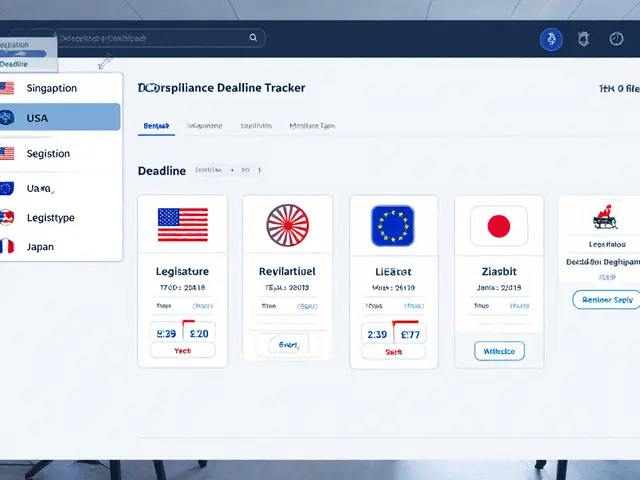
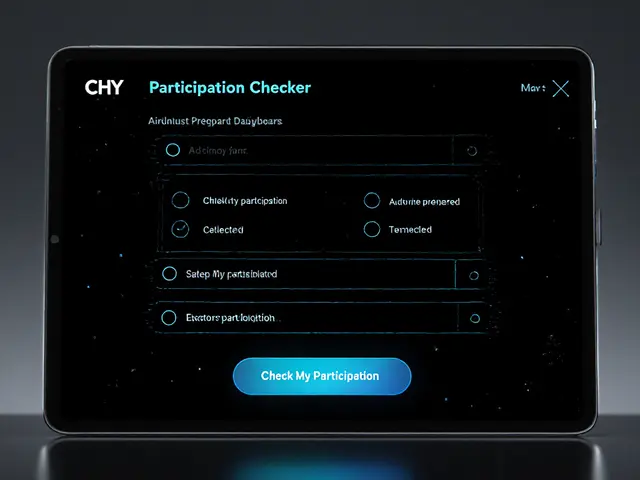
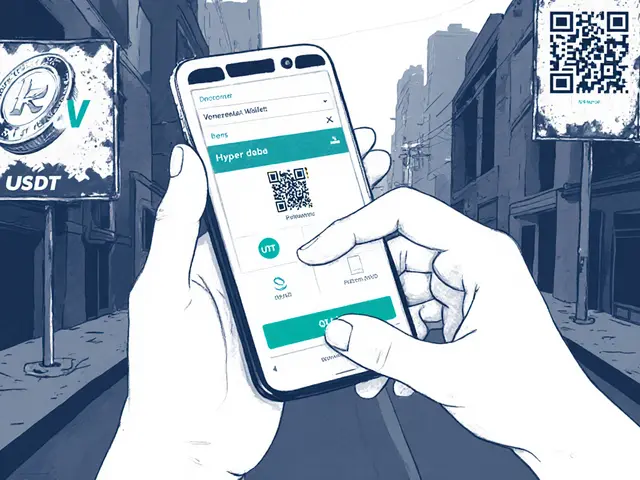
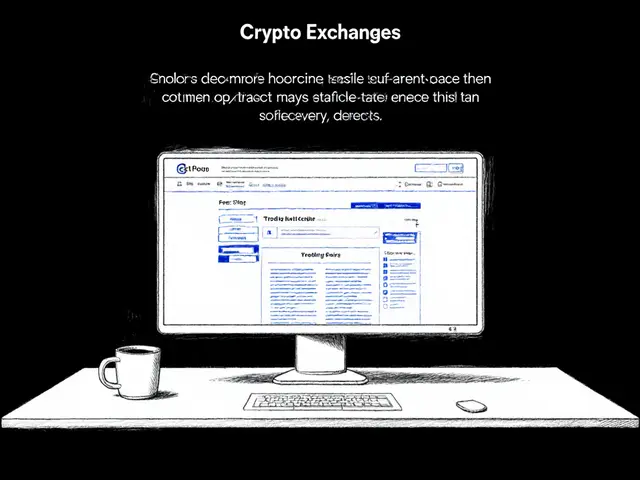
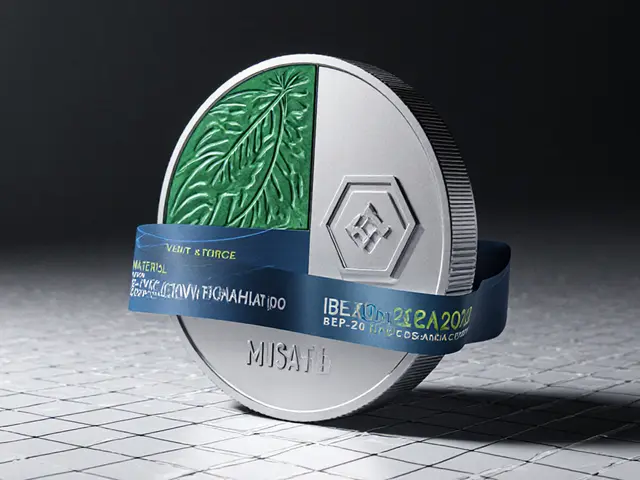
Rebecca Kurz
19 October, 2025 . 09:24 AM
Wow, look at this U Coin thing-another tool for the elite to keep tabs on us, right? They say it's about real‑world rewards, but who's really benefitting? The exchange platforms, the developers, the hidden sponsors… everything is linked, every transaction is a data point, and they love that data! Keep your eyes open, because the moment you start staking, they already know your wallet pattern. Trust no one!